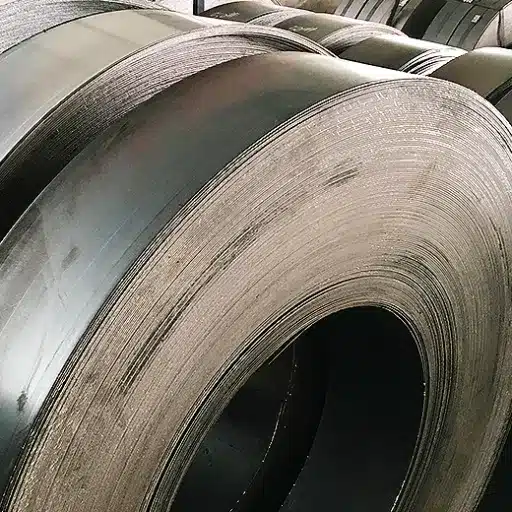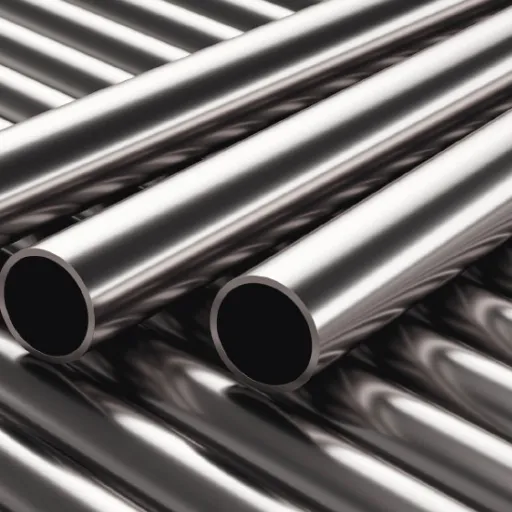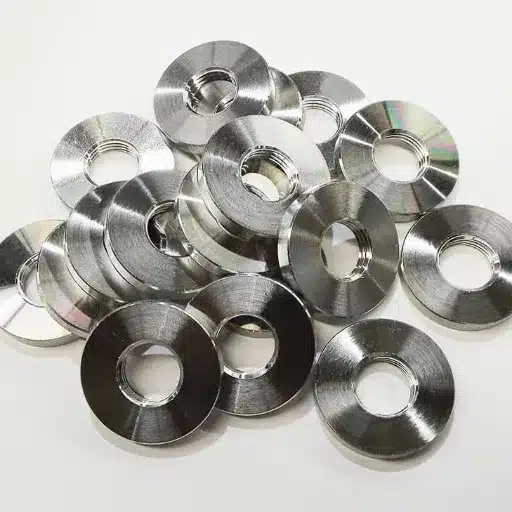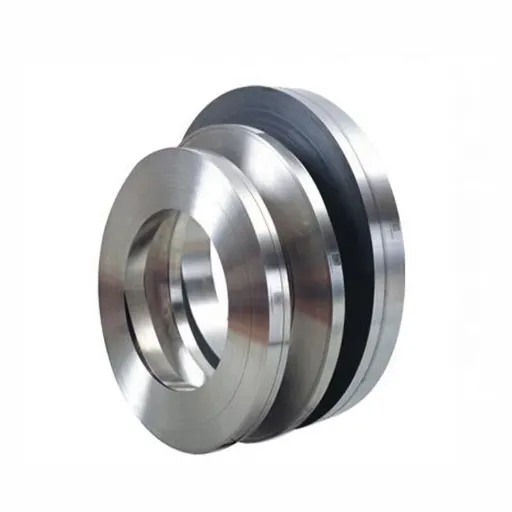Stainless steel, being famous for its strength, versatility, and resistance to corrosion, is an everyday name in countless industries. Stainless steel has many grades, with grade 616 being a unique alloy with superior properties designed for particular uses. What, then, makes Grade 616 so special? Here, we will discuss the importance of Grade 616 stainless steel and look into its major properties and myriad applications that render it indispensable to modern engineering and manufacturing. Whether you are in the trade or just inquisitive about modern materials, this article will offer insights into the performance and magnificence of Grade 616.
Introduction to Grade 616 Stainless Steel

The Grade 616 stainless steel flaunts an unparalleled blend of strength with corrosion resistance and versatility. This advanced alloy composition ensures that the Grade 616 stainless steel finds use in the most searing temperatures and demanding applications; hence, the Grade 616 stainless steel is at the heart of several engineering innovations and manufacturing solutions.
Definition and Overview
Being a high-performance alloy, Grade 616 stainless steel possesses extraordinary strength and corrosion resistance. Considered a member of stainless steels, it distinguishes itself from others of the same class with its superior composition, which normally includes higher chromium and nickel content, among other elements such as molybdenum. The exceptional properties conferred upon it by its composition grant it extensive versatility suitable for working under extreme conditions-high temperatures, high pressure, harsh chemicals, and the like.
Key Features:
- Superior resistance to pitting and crevice corrosion – Essential for marine and chemical processing applications
- Excellent tensile strength – Generally above 600 MPa, depending on heat treatment
- Structural integrity under stress – Ideal for demanding engineering projects
- Versatile applications – Aerospace, oil and gas, and medical industries
Importance in Today’s Industry
With its strong properties and adaptability across different industries, Grade 616 stainless steel is crucial in present-day industry. According to market insights, Grade 616 stainless steel will exhibit steady demand with a Compound Annual Growth Rate (CAGR) of 5.5% by 2030 with increasing applications in advanced manufacturing and sustainable infrastructure projects. It finds use in aerospace where its corrosion resistance and strength-to-weight ratio are of paramount importance.
Medical Applications
Used for surgical tools and implants due to biocompatibility and resistance to sterilization procedures.
Renewable Energy
Pivotal in support structures of wind turbines and solar panels as we move toward clean energy.
Chemical Composition of Grade 616 Stainless Steel
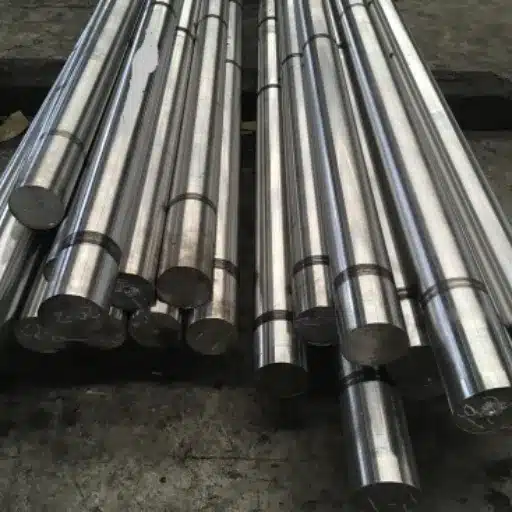
The chemical composition of Grade 616 stainless steel is described as being tailor-made for any desired performance. Formation of balanced concentrations of chromium, nickel, and molybdenum ensures good corrosion resistance while manganese and silicon increase hardness and strength. This is a precise package for this steel grade, rendering it highly favorable for advanced industrial and healthcare applications.
Comparison with ASTM and AISI Standards
| Property | Grade 616 | AISI 304 | AISI 316 |
|---|---|---|---|
| Chemical Composition | Higher Cr & Ni content with Mo | Standard Cr & Ni | Standard with Mo addition |
| Yield Strength | Superior | ~215 MPa | Similar to 304 |
| Corrosion Resistance | Excellent | Good | Better than 304 |
| Temperature Performance | Superior | Standard | Good |
How Composition Affects Properties
Composition Details:
- Chromium (>18%): Forms passive oxide layer protection against oxidizing agents
- Molybdenum (2-3%): Prevents pitting and crevice corrosion
- Nickel (10-12%): Provides excellent toughness and ductility at low temperatures
- Trace elements: Nitrogen and manganese increase strength without affecting weldability
Performance Data: According to newer reports, the tensile strength of Grade 616 can go as high as 620 MPa, and the yield strength properties are near about 310 MPa, which are higher qualities than those listed by the standard AISI 304. Further, oxidation resistance is maintained at temperatures well above 1000°F (537°C).
Unique Properties of Grade 616 Stainless Steel
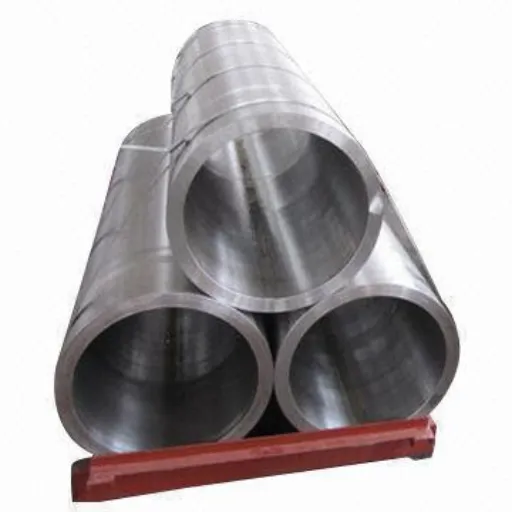
Mechanical Properties
With good tensile strength and yield strength, Grade 616 stainless steel offers mechanical properties suitable for demanding industrial and engineering applications. Depending on the process and heat treatment routes implemented, tensile strength typically ranges between 500 and 700 MPa. Yield strength, on the other hand, being the resistance offered by the material to deformation under stress, is about 200 to 300 MPa in value.
Tensile Strength
500-700 MPa
Depending on process and heat treatment
Yield Strength
200-300 MPa
Resistance to deformation under stress
Elongation
Up to 40%
High toughness and ductility
Hardness
200-250 HB
Protection from wear and surface impacts
Corrosion Resistance
Grade 616 attains excellent corrosion resistance for environments demanding extreme conditions such as aggressive chemicals, moisture, or salt. There is a balanced mixture of chromium and nickel in the composition of the material, which enables it to form a passive oxide film over its surface whenever exposed, thereby preventing any further deterioration. Recent studies confirm that Grade 616 behaves well against pitting and crevice corrosion in environments rich in chlorides, including marine or industrial.
Test Results:
- Chloride Resistance: Maintains strength at salinity levels up to 35,000 ppm (seawater equivalent)
- pH Tolerance: Good corrosion resistance at pH levels between 2 and 6
- Acid Resistance: Withstands weak acids such as sulfuric and hydrochloric acid
- Service Life: Extended durability reduces maintenance costs
Applications of Grade 616 Stainless Steel
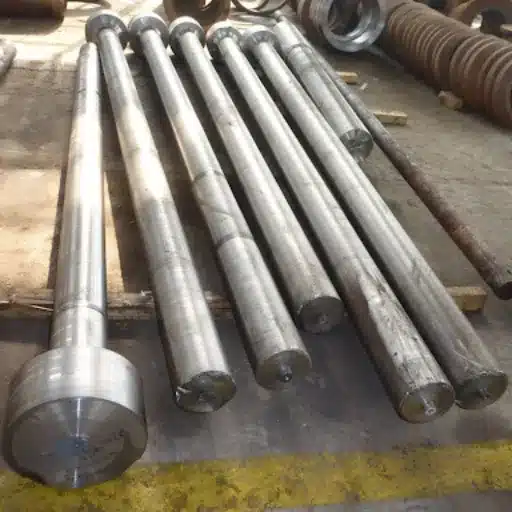
Grade 616 stainless steel is a highly resistant metal that can withstand high pressures. Its corrosion resistance property, especially to chloride-containing aggressive environment and acidic environment, makes it highly sought after in the most demanding applications like chemical processing, offshore platform, and desalination plants.
Applications in Various Industries
1. Chemical Processing
Grade 616 stainless steel is the preferred grade for the chemical processing industry because it can tolerate corrosion in environments of exposure to strong chemicals and acids.
Applications: Reactors, pressure vessels, and storage tanks
2. Offshore and Marine Applications
Grade 616 should be considered the best stainless steel for assembling offshore platforms, ship construction and works for desalination plants.
Applications: Underwater pipelines and structural elements
3. Energy Sector
The Grade 616 stainless steel is being increasingly applied in power generation and renewable energy.
Applications: Wind turbine installations and solar power installations
Applications in Manufacturing and Construction
Manufacturing Applications
Manufacturing sees the wide usage of Grade 616 stainless steel where durability and precision are of the utmost concern. For instance, it factors in the manufacture of equipment for chemical processing because of its high corrosion resistance to noxious environments, including acids and high temperatures.
Construction Applications
In construction, Grade 616 stainless steel has gained more attention for applications like building facades, bridges, and reinforcement structures. Owing to its rust and environmental degradation resistance, it’s a great option for such projects, particularly in coastal or high-humidity areas.
Sustainability Advantages
Environmental Benefits: With its ability to be 100% recycled and requiring little replacement or repairs, Grade 616 stainless steel use cuts down on the carbon footprint of any given project. According to studies, stainless steel manufacturing produces 80% less waste compared to traditional iron production, putting it at the forefront of meeting present-day sustainability goals.
Recent Innovations and Developments
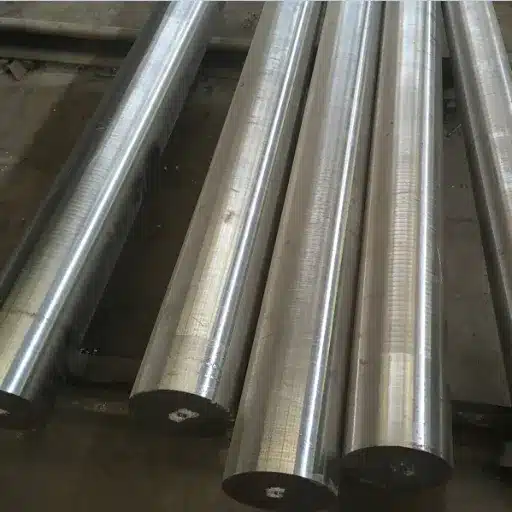
New Technologies in Production
The recent advances in production technology thus witnessed an overhaul in the production mechanism, also changing the manufacturing processes of stainless steels including 616 grades. Laser-based additive manufacturing, advanced robotics, and AI integration are some of the technologies contributing to unprecedented efficiency and precision in this industry.
Laser Additive Manufacturing
Layers stainless steel with nearly 30% less material waste compared to conventional means, reducing cost while ensuring better quality.
AI Integration
McKinsey & Company reports that AI in factories has seen a productivity increase of up to 20% in the last five years.
Hydrogen-Based Processes
Utilization of hydrogen-based reduction processes cuts CO2 emissions by as much as 90% compared to traditional methods.
Research and Development Trends
Recent developments in the steel industry have given much importance to research and development (R&D) to ensure that more sustainable and high-performance materials are created. One important focus area is the use of artificial intelligence (AI) and machine learning for manufacturing processes.
| R&D Focus Area | Key Metrics | Impact |
|---|---|---|
| AI in Manufacturing | CAGR of 19.7% (Asia-Pacific) | Enhanced production efficiency and quality |
| Advanced Alloys | Improved strength & thermal stability | Better aerospace and renewable energy applications |
| Green Hydrogen | 3 GT CO2 reduction by 2050 | Revolutionary reduction in coal-based methods |
Reference Sources
-
Steel Pro Group: This source highlights the heat resistance and high-temperature applications of grade 616 stainless steel. Read more here.
-
Phi Motion: Discusses the creep resistance and use of AISI 616 in thermal engine components, turbine blades, and fasteners. Read more here.
-
Otai Steel: Provides details on the hardenability and high-temperature applications of 616 stainless steel, including its use in steam turbines. Read more here.
Frequently Asked Questions (FAQs)
Grade 616 stainless steel has a unique chemical composition that distinguishes it from 316L and 304L. 316L contains molybdenum to augment corrosion resistance while 616 gains its higher wear resistance and better impact toughness because its elements in the alloying differ.
Yes, grade 616 stainless steel is very suitable for marine engineering because of its good corrosion resistance, particularly against fatigue. It resists biofouling and stands very well for the offshore oil and power transmission work.
Grade 616 stainless steel is suitable for heat treatments like annealing or quenching and tempering (Q&T) to modify hardness and, thereby, improve the overall mechanical properties such as strength and wear resistance.
Being different from martensitic stainless steels in having very high hardness and strength, grade 616 stainless steel largely retains an austenitic microstructure, which gives it better ductility and corrosion resistance and thus makes it more viable for impact-toughness-required applications.
The ASTM standard gives guidelines and tests for the physical properties of SGS grade 616 stainless steel. Observance of those standards assures consistency in terms of quality and performance, mainly in structural parts and components for boiler and pressure vessel applications.
Hot-rolled grade 616 stainless steel round bars find application in various structural uses, power transmission, and manufacturing camshafts. They are used in quite aggressive environments in view of their wear resistance properties and good ductility.
Conclusion
Grade 616 stainless steel represents a significant advancement in materials engineering, offering superior performance characteristics that make it indispensable across multiple industries. From its exceptional corrosion resistance and high tensile strength to its versatility in extreme conditions, Grade 616 continues to drive innovation in manufacturing, construction, and sustainable infrastructure development. As we move toward a more sustainable future, the recyclability and durability of Grade 616 position it as a key material for next-generation applications.

